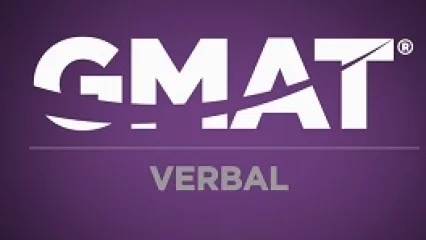What should you use? "That" or "which"? Kevin from Magoosh dives in to find out the difference between “that” and “which”, when you should use them, and how to use (or not use) a comma with them.
“That” is vital. “Which” is not.
"That" is used for restrictive clauses, and "which" is used for non-restrictive clauses. However, you don't necessarily need to know these grammar terms! Both "that" and "which" are used to modify nouns.
Check out: Sentence Correction Is More than Just Grammar (Video)
When we use "that," we are narrowing the scope of the noun that's being described. When we use "which," we are just adding extra information. This extra information could be removed without fundamentally changing the meaning of the sentence.
So the key difference is that the information that's added by "that" is vital to the sentence, and the information that's added by "which" is not vital to the sentence.
How to test
A good method for testing whether the information is vital is to take it out of the sentence and see how the sentence sounds. See if the sentence makes sense and if there is enough information to convey the idea.
Let’s use this sentence as an example.
My favourite national park is Yosemite, that/which spans 1,190 square miles.
Does the sentence hold up if the part after the comma is removed? It does, actually. The size of the part constitutes additional information, but it’s not vital. So what would you use here, “which” or “that”? “Which”, of course.
Check out: The Most Challenging GMAT Questions
Watch the video and pay close attention as Kevin explains the difference between “which” or “that” and also when you need to use a comma.



